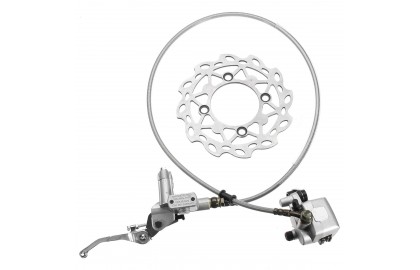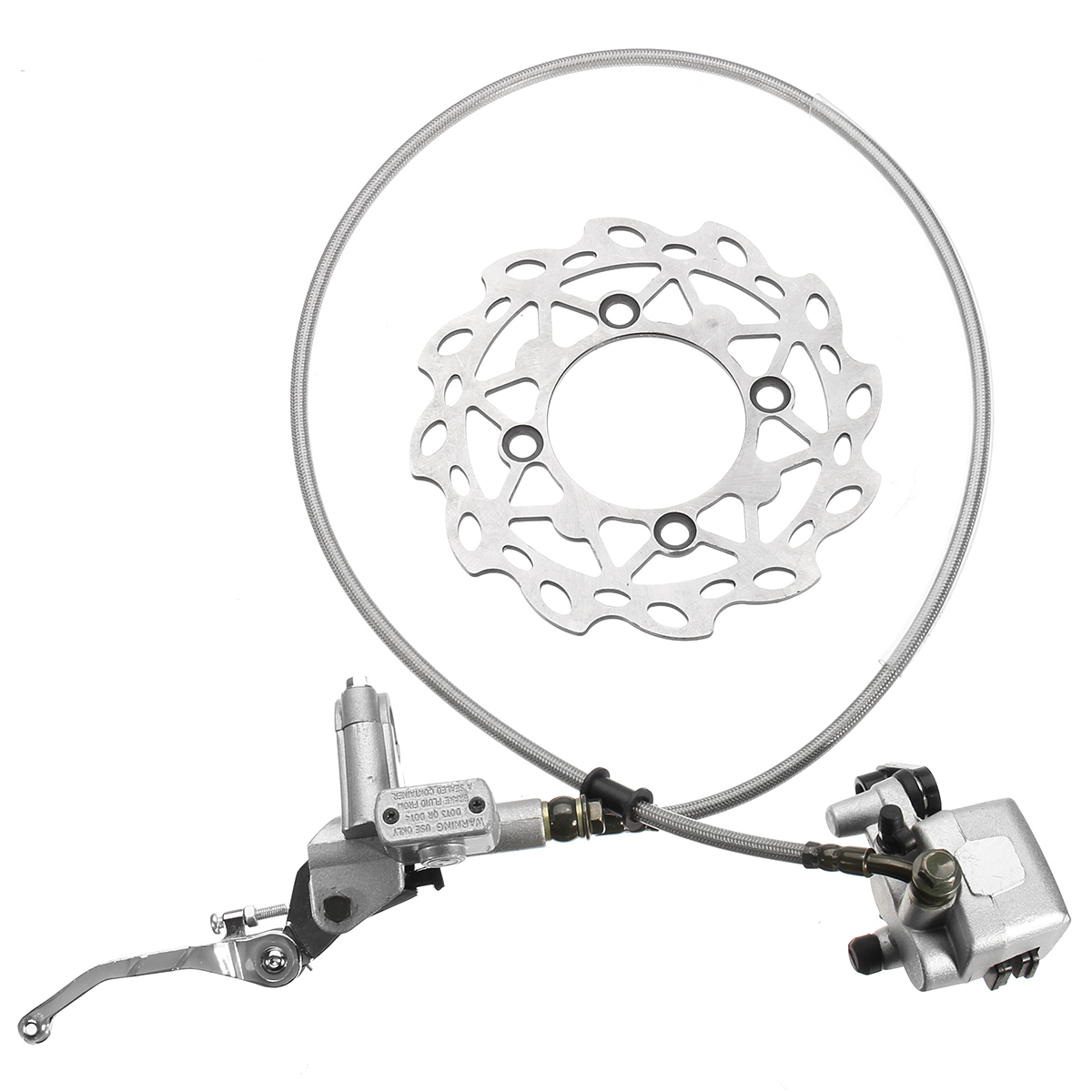Elecdeer Auto Parts Brake kit modification tips


For the modification of the brake system, I believe that many friends who play cars are no strangers, so before modifying, have you ever thought about why you need to modify it? Is it because it looks good? Or improve the braking performance of the car?
Presumably every friend who modifies has the above two reasons. Apart from being handsome, the biggest significance is to improve your driving error tolerance rate. Good brakes can avoid many dangers.
At the same time, we must be cautious and careful when modifying. After all, we can’t make fun of our own and other people’s lives. In addition, modification is a big project that affects the whole body. We must be cautious when modifying, and we should not follow the trend blindly.
The modified brakes we are talking about generally refer to disc brakes. Disc brakes are characterized by good heat dissipation. When the brakes are continuously stepped on, they will not cause the brakes to fade and cause the brakes to fail. They also have good drainage and of course the shape Pretty.
Generally, family cars with disc brakes are single-piston, and many modified ones are changed to 4-pistons, and those modified to 6-pistons can be said to be for the track. Pistons are the pistons on the disc brake calipers, not the engine pistons. The more pistons in the brake caliper, the stronger and more stable the braking force, and the more linear the feeling.
So how to modify the braking system?
The modification of the brake system is to withstand high temperature, so high-quality brake pads should be replaced, and the purpose of changing the large brake disc is to slow down the temperature rise, so to improve the heat resistance of the brakes, only high-quality and large-scale Brake pads and discs are fine. But don't forget the brake fluid that transmits the pressure. Poor quality brake fluid is easy to vaporize into gas when the temperature is high, which is also the main cause of brake failure.
The first step: replace the brake pads
Brake pads are also friction pads. The original brake pads have to take into account the requirements of cost, durability, cleanliness (brake powder) and low-temperature efficacy. Generally speaking, the coefficient of friction (mu) is not very high (probably below 0.4), Moreover, most of them cannot withstand temperatures exceeding 300°C, so the performance will decline after multiple consecutive uses. Therefore, replacing high-performance brake pads is the first step in modifying the brake system. When choosing high-performance brake pads, be careful not to be greedy for large mu numbers and ultra-high temperatures. If the friction coefficient is too high, the braking action will become too sensitive when driving at a slow speed.
Therefore, it is recommended to choose "sports" brake pads with an operating temperature between 0°C and 500°C and a mu value above 0.4, which can meet the needs of most situations (IDI, PFC, Ferodo, and Project mu all have this type. choose).
Step 2: Replace the brake calipers
Switching to a set of large multi-piston brake calipers can directly improve braking performance (and improve the car's ratings-with the see-through rims, of course). From a practical point of view, the choice of calipers still needs to be matched. Generally, high-performance street cars use 4-piston calipers. Another thing worth noting is the weight of the brake caliper. Although the shape is similar, the high-grade brake caliper made of light metal (such as APRacing, Brembo, etc.) is more than twice as light as the cast iron product, and the brake system is part of the unsprung weight. , the amount of load has a direct impact on the handling of the car. In addition, the heat dissipation performance of high-grade brake calipers is very high, which is very helpful for controlling the temperature of the brake system.
Step 3: Replace the brake disc
The principle of leverage tells us that the farther the brake caliper is from the hub, the stronger the braking force produced, and the less pedal effort is required. In addition to mechanical reasons, another important function of the brake disc is a large-area high-efficiency radiator, which is responsible for diffusing the heat generated during braking into the air. Therefore, from the perspective of pure performance, the bigger the brake disc, the better.
High performance disc designs are available in:
Split brake disc - although the cost is higher, it can reduce the weight of the disc;
Ventilated disk - The ventilated hollow design is to reduce and average the temperature on the inner and outer sides of the disk; the rotating radial pits on the friction surface help to guide away the brake powder generated during high-temperature friction and prevent them from remaining on the brake pads and brakes Between the discs, reduce the friction coefficient;
Drilled brake discs - it has the functions of heat dissipation, weight reduction and drawing away brake powder, but it will reduce the friction area and affect the durability of the brake pads.
